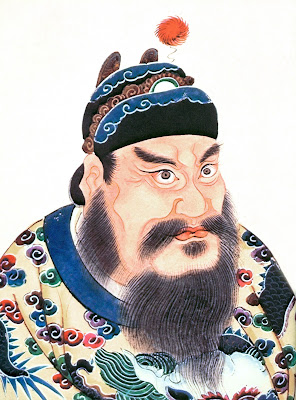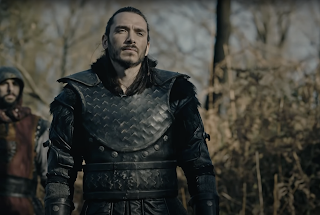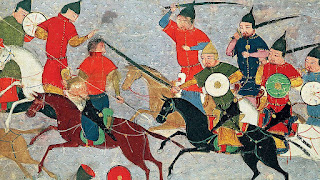Who was Ahmad Shah Durrani?

In the history of Afghanistan, there have been many mighty rulers and sovereigns, however, one stood out from all of them. He was a pious, patriotic, and merciful man who had all the profound traits of an exceptional leader, and ruled his lands with justice. He not only became the hero of all Afghans but also saved Islam in the subcontinent. In this video, we will go through the chapters of the life of Ahmad Shah Durrani, the Afghan ruler who united the Afghan tribes and became the founder of modern Afghanistan, as well as the father of his nation. Ahmad Shah Durrani Ahmad Khan Abdali was born in Herat, in 1723. He was the son of Zaman Khan, and the grandson of Dawlat Khan. He was from the Pashtun Sadouzai Tribe, a sub tribe of the Abdali Tribe. The story starts in 1732 CE, in Farah, Afghanistan, when Ahmad Khan's older brother, Zulfiqar Khan was defeated by his enemies. Zulfiqar Khan took his younger brother Ahmad Khan...










